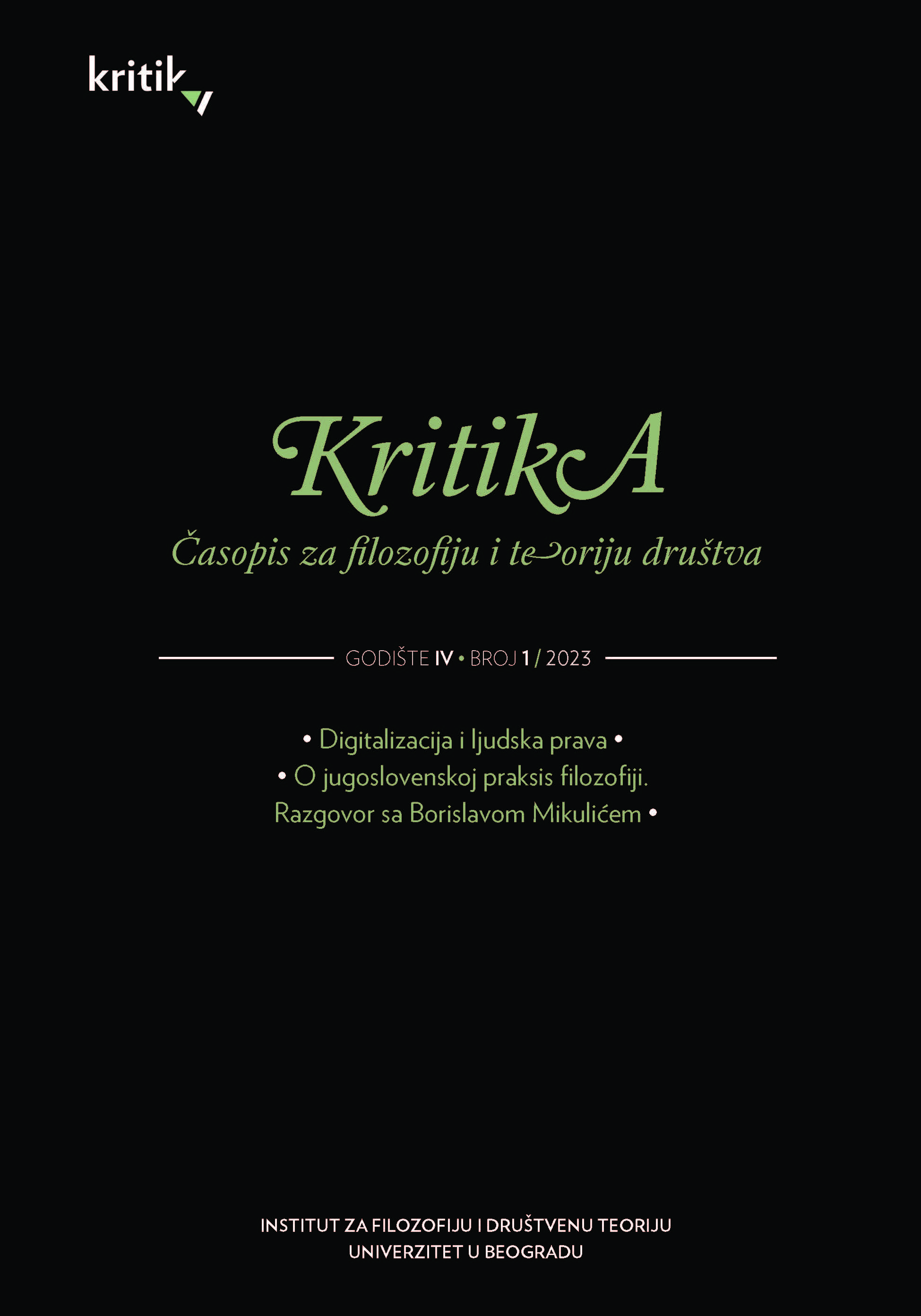SIROMAŠTVO DECE U SRBIJI: OD PODATAKA DO POLITIKE
CHILD POVERTY IN SERBIA: FROM DATA TO POLICY
Author(s): Aleksandra Anić, Jelena R. ŽarkovićSubject(s): Family and social welfare, Socio-Economic Research
Published by: Institut za filozofiju i društvenu teoriju
Keywords: child poverty; covid crisis; social policy
Summary/Abstract: The aim of this paper is to examine the causes of very high child poverty in Serbia as well as to propose policies that would reduce its level. The child poverty rate of 28.8% is among the highest in Europe and is well above the average rate for European countries (19.4%). Preliminary analysis shows that the Covid-19 crisis has had a greater negative impact on families with children which only further complicates this problem. Children who grew up in poor socio-economic conditions are more likely to raise their children in the same circumstances. Using the latest data from the Survey on Income and Living Conditions and using probit methods, we estimate the probability of a child being poor depending on a number of socio-economic characteristics of the family: parents’ educational level, their labor market status, household size and structure, region and type settlements. Weal so examines the impact of tax policy and social transfers on child poverty. Research to date has shown that Serbian system of taxes and social benefits has very little redistributive potential. In addition, the latest data show that the already low coverage of poor children with social benefits has been further reduced in recent years. Our research also analyses the consequences of the amendments to the Law on Financial Support to Families with Children from 2018 on child poverty. We show that poverty reduction has not been high on the decision-makers’ agenda for the last two decades. It was believed that economic growth itself would be enough to reduce the number of people below the poverty line. Thus, the capacity of redistributive policies to all eviate inequality and poverty has diminished over time. Recent reforms of financial benefits for families with children have focused on birth rates instead of poverty, despite data on high child poverty rates. Regardless of the primary goal, measures aimed at increasing birth rate also contribute to reducing poverty, but this topic has never been mentioned in public discourse. As children are the future productive base of society, putting the problem of child poverty at the center of all public policies should become a priority for decision makers in the coming period.
Journal: Kritika: časopis za filozofiju i teoriju društva
- Issue Year: 4/2023
- Issue No: 1
- Page Range: 139-166
- Page Count: 27
- Language: Serbian

